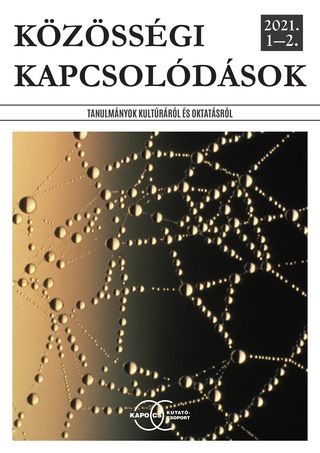Law enforcement language: transition or stagnation?
Main Article Content
Abstract
The aim of the paper is to present the main features of the language of domestic law enforcement, with examples relating to migration and border surveillance. This language is also multi-layered, shaped by the language of administration, militant defence and specialised policing. The author has analysed lexical and terminological features, characteristic word combinations (function-verbal structures, nominalization), the occurrence of subject-less sentences, passive sentences, stylistic features and punctuation in 24 pieces of legislation (laws, regulations, orders, commands) and legislative explanatory reports. Verbal communication used by police officers is also investigated using two sources. The changes in public and political power over the last hundred years have had a mixed impact on the language of policing but democratic and social service attitudes slowly making their way into this language.

